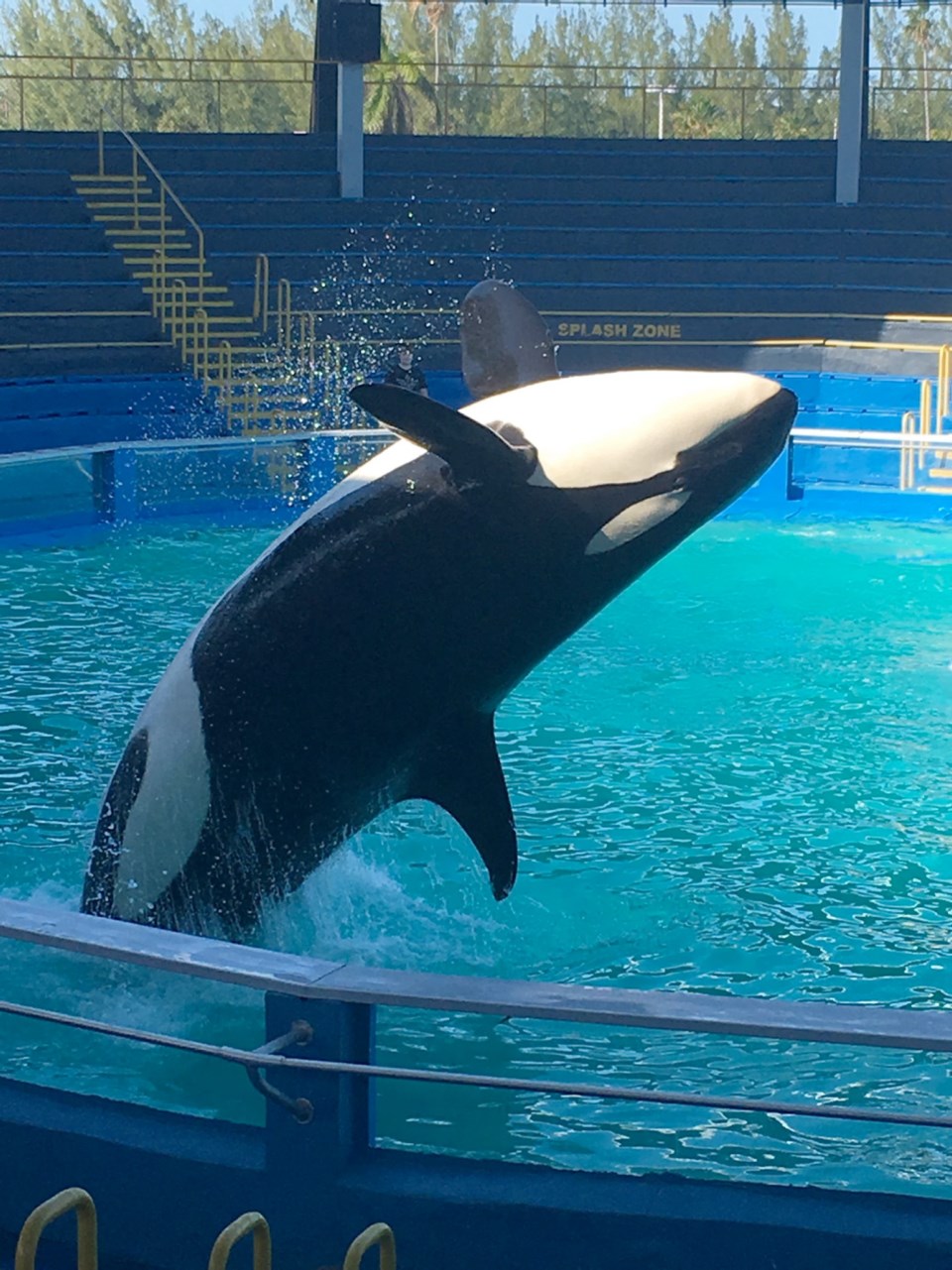It was a dark day for the southern resident killer whales.
On Aug. 8, 1970, 100 orcas were herded into Penn Cove off Whidbey Island, Washington, 50 kilometres southeast of Victoria. Seven were captured in nets and taken away to marine parks around the world. All were dead by 1987, except one: a female named Tokitae, later given the stage name Lolita at Miami Seaquarium where she is still performing shows today.
She was estimated to be four years old at the time of capture, making her 54 now.
First Nations, whale researchers and residents are marking the 50th anniversary of the Penn Cove captures in a virtual event today from 2 to 5 p.m. You can register at orcanetwork.org.
The webinar commemorates Tokitae’s capture and her long ordeal as a captive animal act, and how she copes with the solitude, repetitive routines and boredom without her family, organizers say.
Ceremonies will take place at Miami, Florida and in Washington at Penn Cove, Orcas Island, Guemes Island and Lummi.
“We’ll look back at 25 years of the Lolita campaign, including beautiful songs and fascinating videos and photographs,” say Orca Network organizers.
Also included will be the players who hope to bring the killer whale home to the Salish Sea, including Lummi elders and the Earth Law Center with an update on legal efforts and the plan for her retirement to the wild.
The captures of southern resident killer whales went on for more than a decade between 1965 and 1976 in the Salish Sea, said network spokesman Howard Garrett. Among those caught were whales for Canadian aquariums, including the former Sealand of the Pacific in Victoria which operated between 1969 and 1992.
Over that decade, the Orca Network estimates about 50 southern resident orcas were captured in Canadian and U.S. waters. Another 15 or 20 transients were also taken, said Garrett, before the captures were outlawed on both sides of the border.
Several orcas drowned in attempted captures.
“It took out an entire generation of reproductive orcas that they still haven’t recovered from,” Garrett said in an interview.
There are only 72 southern residents in three main pods left in the wild.
One of the southern residents, L25, also known as Ocean Sun, is believed to be the mother of the captured Tokitae. Garrett said Ocean Sun is 89 and still swimming in the Salish Sea. She is the oldest of all the surviving resident whales.
Orca Network has DNA for L25, but the owners of Tokitae won’t provide a sample to make a match, he said.
Aquariums are very secretive with their whales, providing no technical information on them, said Garrett.
Several years ago, a Dateline journalist brought in recordings of Tokitae’s L Pod — including her mother — and played it for the captured whale.
“She came right out of the water and leaned to within a foot of the recording and listened intently,” said Garrett.
Tokitae is now named Sk’aliCh’elh-tenaut, after the First Nations village in Penn Cove near her capture site.



